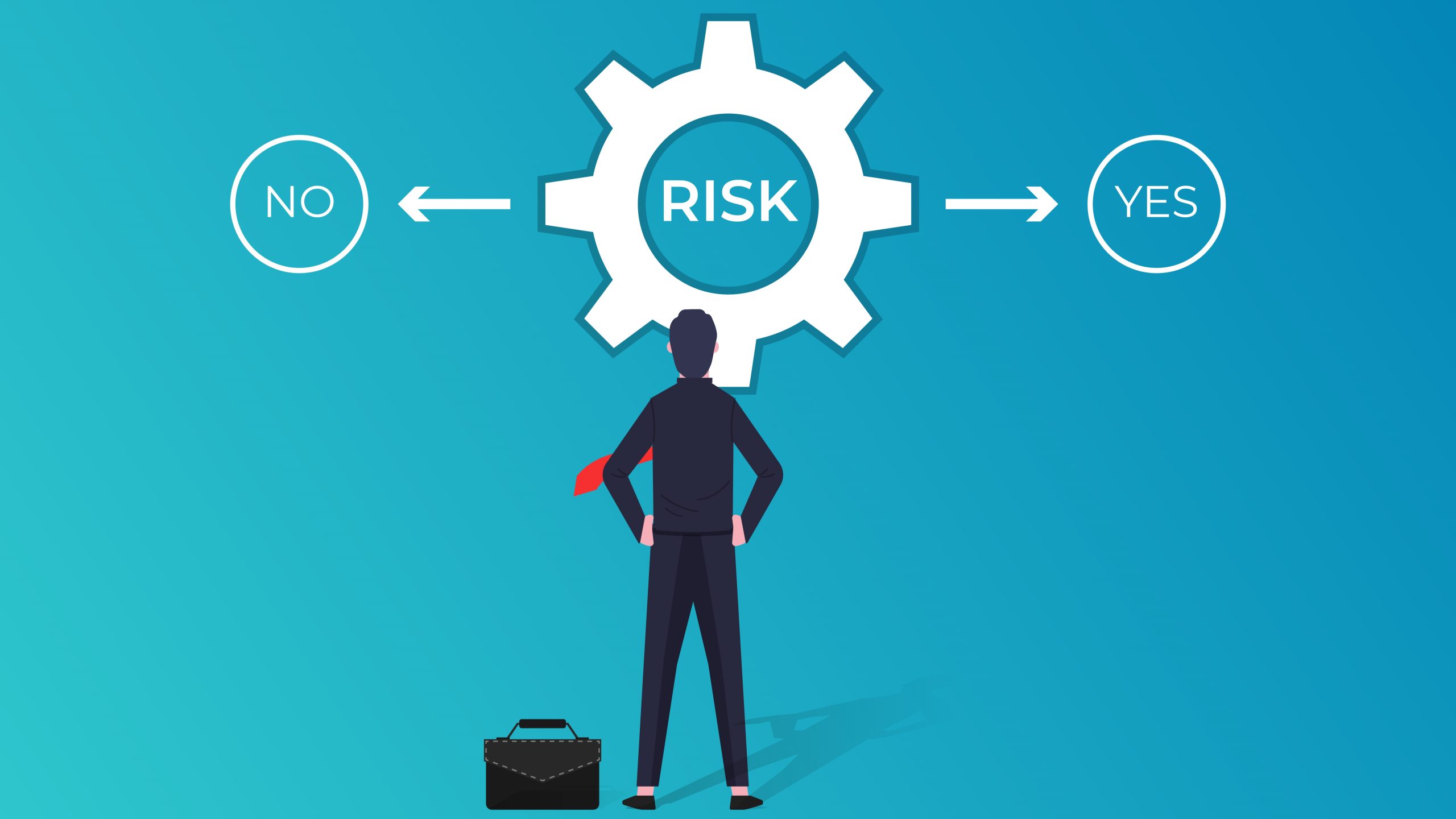Even the experts say that no organisations can operate totally without risk; they also agree that putting risk mitigative measures in place can be an expensive exercise. On top of that, not all measures work, regardless of the effort that has been put into them. So, to all intents and purposes, applying Enterprise Risk Management (ERM) frameworks, systems and processes may well be just another box-ticking proposition. But – and there is always a “but” – ERM is not a silver bullet. It is not the final solution to an organisation’s problems. ERM works because, properly applied, it is an unshakeable foundation on which to build the enterprise’s ultimate sustainability.
There are some things which cannot be quantified; anticipation is one. ERM shines in this area. Nothing develops anticipation quite like having all your shortfalls identified. Why? Because then you become aware of how exposed to risk you are because the checks and balances that your organisation should, or was supposed to, have in place to weather the storms of the business environment, have not been put in place after all. With ERM frameworks, guidelines and processes, organisations are able to deep-dive into details, and customise according to their needs. Companies may find themselves considering areas that were never on the radar before, and discover new dangers which they never knew existed.
All this prods them in the direction of sustainability. Sustainability is about being able to carry on regardless of whatever happens. If you can foresee potential pitfalls, you will be more prepared, and when an untoward incident actually does happen, you will have a fallback position, a “Plan B” to deal with the ensuing disruption, and carry on the business. But what if your organisation has been around for a long time, and has an enviable track record of weathering storms? Think of it as strategy, as preparation for the uncertainties of doing business in a rapidly changing, constantly evolving environment. The need to be faster, stronger, more flexible and resilient than the competition has never been greater or more urgent.
Ways of doing business are changing, industry is constantly renewing itself through technology and the invention of new products. Technology itself is growing exponentially; product cycle times are shortening, and trade is global. No economy is completely decoupled from the others, and what affects one, affects all. There are as many risks as there are businesses operating worldwide, and any of them can escalate without warning – but where there are risks, there are also opportunities, and businesses must look for these if they want to remain sustainable and competitive. In fact, companies with a reputation for being forward-looking often take calculated risks because of higher returns.
Besides developing anticipation and cultivating a healthy appetite for risk, another reason for the implementation of ERM is that its application cuts across departments and business units. Risk is everyone’s responsibility, regardless of department, business unit or seniority; that makes ERM everyone’s responsibility as well. Involving everyone in risk management erodes organisational silos, improves interaction between departments and staff levels, increases communication within the organisation, as well as the organisation’s communication with external parties. It also bodes well for the organisation where transparency is concerned – a big plus.
ERM is capable of improving performance in various areas of a business primarily because of the amount of information that becomes available with its implementation. More information enables better decision-making, and improved performance is likely to follow. It may not be immediately apparent, but the organisation will move in the direction of improved efficiency, particularly when it comes to avoiding costly mistakes. With the greater disclosure and transparency that comes with better communication, the calibre of the people managing the business, will become obvious, and result in spurring confidence among shareholders and stakeholders, ensuring their long-term support.


























